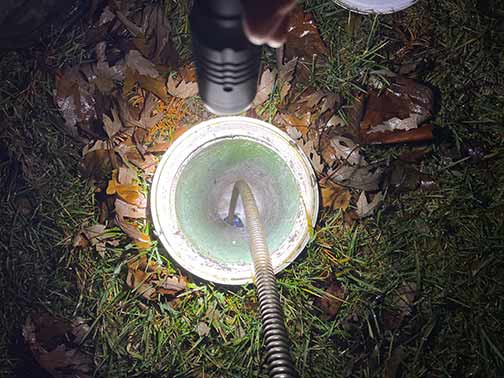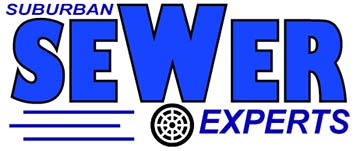
Most clogs and blockages in your sewer lines happen slowly. They develop over several weeks, says Income Realty Corporation. You often do not even know a problem in your sewer line until you see signs like slow drains and bad odors in your home.
Although many of these problems are due to misuse of the sewer system, a lot of sewer line issues result from events outside a homeowner’s control. Here are some of the common problems that contribute to the malfunction of a sewer system:
- Dumping fats, oils and grease into the sink drain
- Disposing of leftover food in the kitchen sink
- Putting things, other than human waste and toilet paper, into the toilet
- Not having strainers on bathroom drain openings to catch hair
- Deposits of scum within the sewer lines as a result of hard water
- Tree roots intrusion into a weak or cracked sewer line
- Improper installation of the sewer line
- Soil shifts that cause changes in the position of the sewer line
- Weakening of the sewer line as a result of aging and corrosion
- Frequent use of chemical drain cleaners by the homeowner
How to stop sewer line clogs and blockages
The list above shows that sewer line problems do not always happen due to what homeowners do or do not do. Your sewer line is almost guaranteed to experience some form of clogging during its lifetime, even if you are careful not to abuse it.
Why is that?
Debris is always deposited inside the line from wastewater that flows through the system. Over time this buildup can become significant. When this happens, the rate at which wastewater passes through the sewer line will slow down and you will have slow drains in your home.
Slow drains are often a warning sign of bigger issues in your sewer line. Chronically slow drains or multiple slow drains at the same time are clear signs that a major plumbing emergency is brewing inside your sewer system. What can you do to keep the problem from getting worse?
Sewer rodding; a cost-effective way to prevent sewer line emergencies
The way to combat the processes happening inside your sewer line is by including routine professional drain cleaning in your plumbing maintenance plan. It helps you take full control of the performance of your sewer system, instead of waiting passively until something goes wrong with the plumbing.
What is sewer rodding and why should you schedule it today?
Sewer rodding is a drain cleaning method that uses flexible rods to remove the blockages inside a sewer line. The rods used in the procedure are flexible enough to go around the bends in the sewer line. Yet they are strong enough to dislodge the most stubborn clogs.
Sewer rods may be inserted into a sewer line via a cleanout or drain opening. The length of the rod can also be extended by screwing several rods together. After the rod is fed into the sewer line, a professional plumber guides it to the location of the clog.
The rod is used to push the blockage away, making it easier to flush the debris out of the line. It can hook the offending material and pull it out of the sewer line. Some sewer rods have motorized cutting heads for dealing with stubborn blockages like tree roots.
Why you should schedule a sewer rodding service today
Catch sewer line problems before they happen
The only sewer line problem you want to have in your home is the one that didn’t happen and routine sewer rodding is the best way to achieve this result. Waiting until sewer line problems disrupt access to your plumbing is a losing game. Preventive care via sewer rodding is a smarter and more cost-effective way to care for your sewer line.
It saves you money and time
The cost of rodding your sewer line is tiny compared to the financial, temporal and emotional cost of dealing with sewer line repair emergencies in your home. Moreover, even after fixing a particular sewer line problem, you may still have to pay the price for years. That’s because sewer line emergencies weaken your sewer system, making it prone to problems and shortening its lifespan.
Preserve your home’s value
An often overlooked aspect of sewer line problems is their impact on the building foundation. Routine sewer rodding helps to preserve the structural integrity of your building. Also, because professional plumbers often conduct a sewer camera inspection before rodding your sewer line, this procedure offers you a chance to know the true condition of your sewer system to improve the system.
Finally, sewer rodding is an investment in your family’s health and well-being. Rodding your sewer line reduces the risk of mold and mildew in your home. It also preserves the indoor air quality of your home by eliminating issues like sewage odor inside the property.


